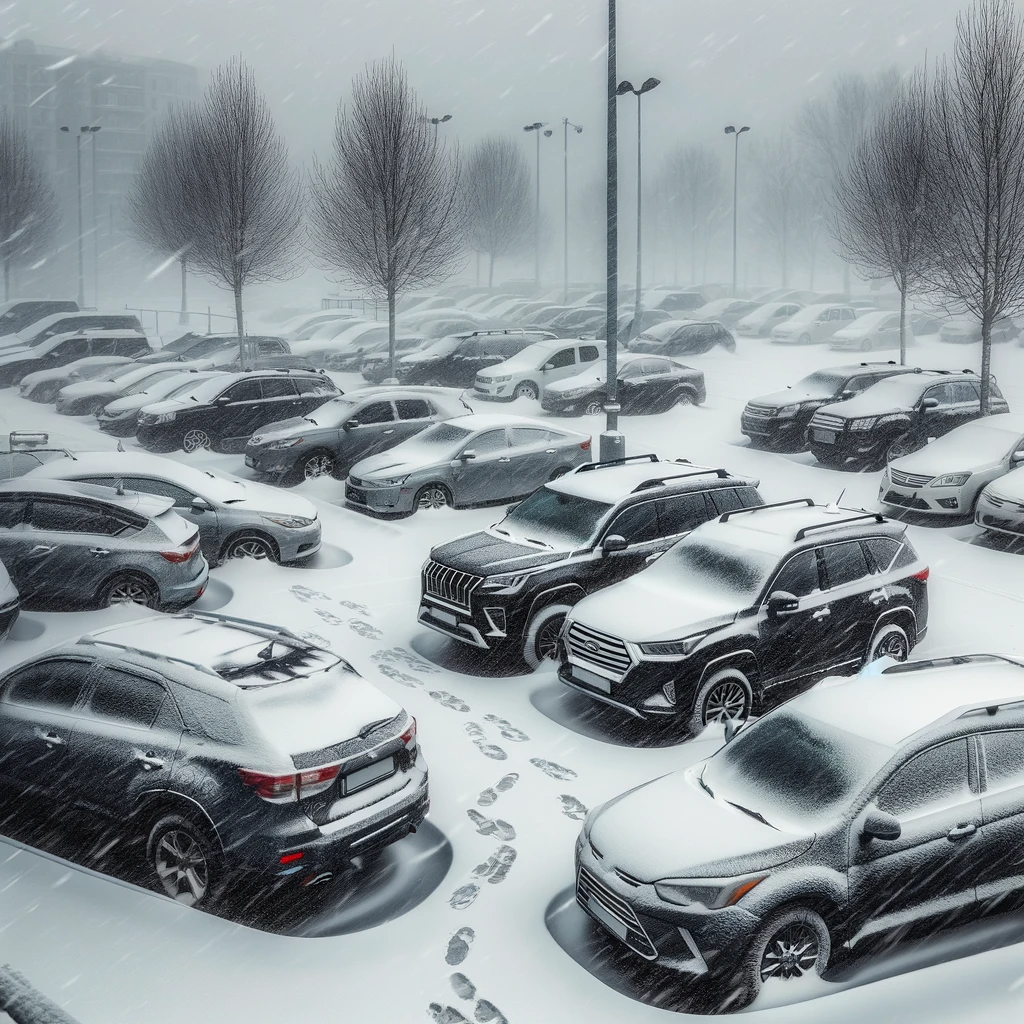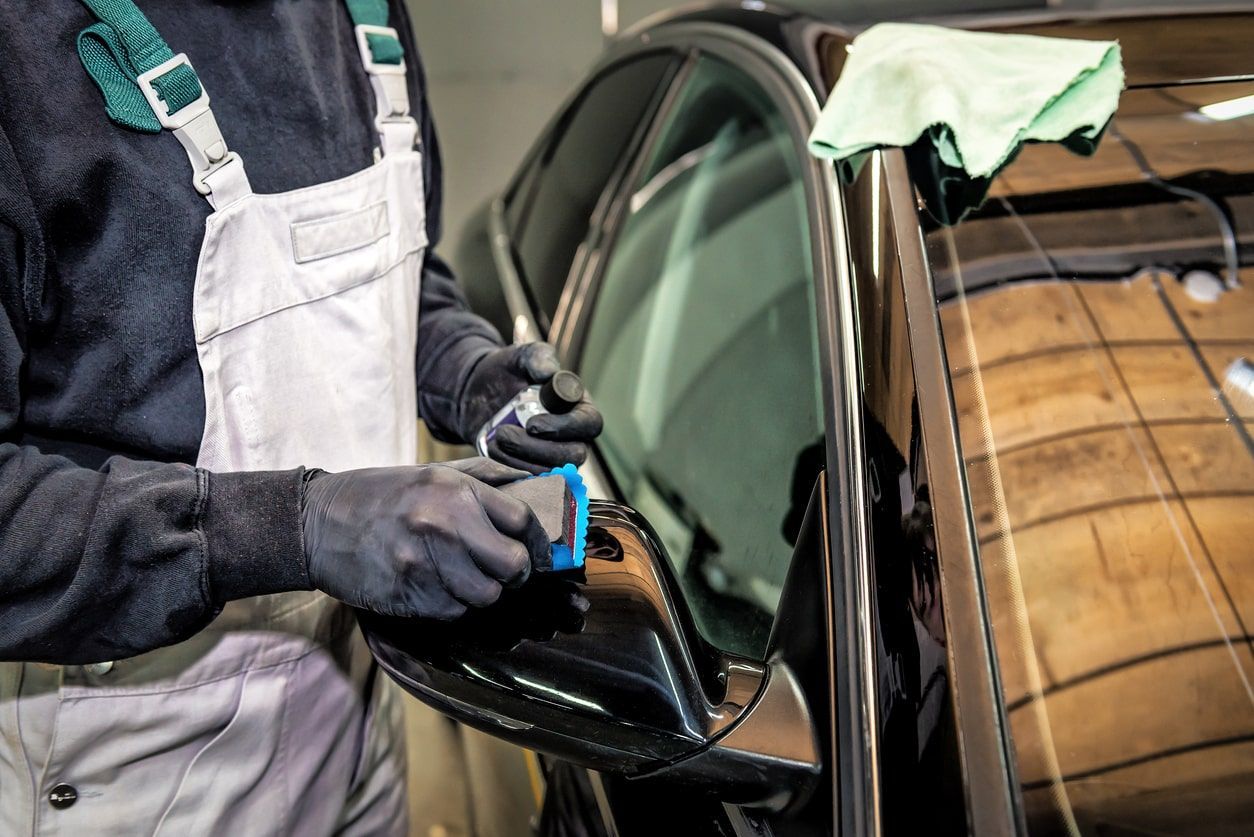Do Truck Bedliners Really Help Retain Vehicle Values?
Do Truck Bedliners Really Retain Value?
If you've just purchased a shiny new pickup, you're likely pondering whether investing in a bedliner is worthwhile. After all, you want to preserve that pristine factory finish for as long as possible. When the time comes to trade-in your truck, a bedliner can make a big difference in its resale value. Here's why truck beds with liners retain more value, and why spray-in liners are the best choice.
The Damage Unprotected Truck Beds Suffer
Without a protective barrier, truck beds quickly accumulate dings, scratches and rust from everyday wear and tear. Construction materials, tools, landscaping supplies and recreational gear slid in and out of the truck bed constantly mar the painted metal surface. Over time, this can add up to some fairly unsightly cosmetic damage.
While scratches and minor dents may seem harmless on the surface, they decrease your truck’s value in two critical ways when you go to sell or trade it in:
- Aesthetic Appeal – Fewer buyers will be interested in a truck with a beat-up, damaged bed since it signals neglect, heavy use or hidden issues elsewhere. The rougher it looks, the more negotiating leverage it gives the buyer to deduct from your asking price. A pristine truck bed paint commands top dollar.
- Rust Formation – Once that truck bed’s factory paint gets compromised, exposed metal becomes vulnerable to moisture, salts and airborne contaminants. Small scratches can quickly lead to rust formation, corrosion, pitting and exponentially worse aesthetic damage. Rust eats away at resale value.
Spray-In Vs Drop-In Bedliners For Value Retention
The good news is that adding an aftermarket truck bedliner from day one protects against dents, scratches, rust and devaluation of your pickup’s bed. But all liners are not created equal when it comes to preserving value. Let’s compare truck owners’ return on investment for two liner options:
Drop-In Liners
- Thin, molded plastic form fitted to truck bed
- Tend to shift, wrinkle, warp and discolor over time
- Trap moisture and debris against metal causing corrosion
- Need replacing every few years = added costs
- Don’t cover/protect full surface area
Spray-In Liners
- Permanently spray-applied protective coat
- Bonds to entire bed for full seamless coverage
- Flexible, doesn’t crack, peel or warp
- Insulates bed from moisture, rust and corrosion
- Outlasts truck’s lifetime = no reapplication needed
- clearly, spray-in bedliners offer superior protection and longevity compared to drop-in plastic liners. And the maximum coverage of a spray-in liner preserves far more value over your truck’s service life, while justifying a higher resale price or trade-in value.
But don’t just take it from us. Next, we’ll examine some examples and statistics on retained value with truck bedliners from both industry sources and truck owners’ experiences.
Expert Analysis on Bedliners' Resale Value Impact
Automotive experts consistently cite factory-installed and aftermarket spray-in bedliners as increasing pickup resale value versus no liner at all. For example, Kelley Blue Book’s analysis found that both drop-in and spray-in liners each add about $500-1,000 in resale value for the average 5-year old pickup.
However, the same analysis called out spray-in liners as the “most desirable" option for retaining more money in your pocket. And projections estimate that a spray-in liner can recoup over 90% of its original installed cost after 5 years of ownership.
That’s an incredible ROI compared to options that leave your truck more vulnerable to devaluation. Black Book’s valuation experts also found that used pickups with bedliners commanded prices $800-$1000 higher than identical trucks without them. That’s a sizable value bump the next owner will be willing to pay!
Real-World Examples From Truck Owners
The numbers clearly show bed liners effectively retain resale value. But let’s look at some firsthand testimonials from veteran truck owners who compared experiences selling their used pickups with and without spray-in bedliners:
Simon N.
“I noticed the truck retained value much better even after 8 years of ownership. My spray-in liner still looked great at trade-in, minimizing deprecation versus an untreated bed that definitely would’ve needed refinishing.”
Damien T.
“The dealer pointed out the impeccable condition of my truck during appraisal. Its flawless spray-in bedliner after 195K miles helped maximize the trade-in value. I got $1000 more than expected thanks to that aftermarket upgrade!”
Micah D.
“My two previous work trucks lacked bedliners and lost significant value due to scratched/rusted beds. This F-150 will retire nicely in a few years thanks to the durable liner I invested in new. It’ll literally pay for itself by boosting resale dollars.”
The consensus is clear - factory and aftermarket spray-in bedliners stand the test of time and use, enabling truck owners to recoup more money at trade-in or private sale. Let’s examine why they retain vehicle value better.
Why Spray-In Liners Best Maintain Truck Value
Spray-on bedliners provide complete surface bonding plus unrivaled durability and longevity that preserves the bed’s function and aesthetics far longer. This enables truck owners to maximize resale value or trade-in offers when they upgrade vehicles. There are 5 key advantages spray-in liners possess over other options:
- Permanent Bond – The polyurea elastomer chemically treats and bonds to the entire bed for seamless protection with no gaps, movement or misalignment.
- Armor-Grade Toughness – This rugged, flexible coating is virtually impervious to damage from any cargo hauled over thousands of miles. It bounces back from abuse that would scratch or dent an unprotected bed.
- Insulation Properties – Unlike drop-ins, spray-on liners are an exceptional moisture barrier that prevents corrosion and rust to keep the underlying metal pristine.
- UV Protection – Color fastness and UV inhibitors keep spray-in liners looking freshly applied without fading or chalking from sun exposure over years of use.
- Lifetime Durability – A quality spray-on liner will outlast your truck ownership without needing reapplication or replacement for optimal value retention.
- No other bed protection comes close to providing the inclusive coverage, ruggedness and longevity over your truck’s service life. The spray-in liner you apply right from the factory or early on will preserve image and function for the long run.
Bedliners Are a Value-Adding Investment
Hopefully the expert insights and real-world examples clearly demonstrate why trucks with durable, long-lasting spray-in bedliners retain significantly more resale and trade-in value after years of ownership. Much like added options such as tow packages, bedlinersBoost Resale Value prove to be a smart investment that literally pays dividends later on.
Factory-installed liners or reputable aftermarket dealer upgrades optimally shield your truck bed from day one against devaluation. Plus you’ll fully utilize the bed’s hauling capabilities without worry of aesthetic or corrosion damage down the road. Ultimately, treating your new truck to a professional spray-in bedliner helps maximize retained value and savings when you eventually sell or trade it in.
Looking for a quote?
We're experts at spray-in bedliner installs and use only Raptor brand materials for the best performance and the best value. Click here to schedule an estimate today at Triple C Car Care Center in Henderson, KY.

Triple C Car Car News and Tips



